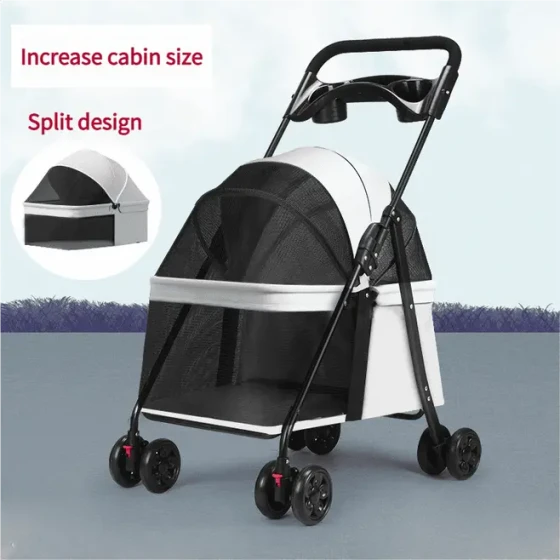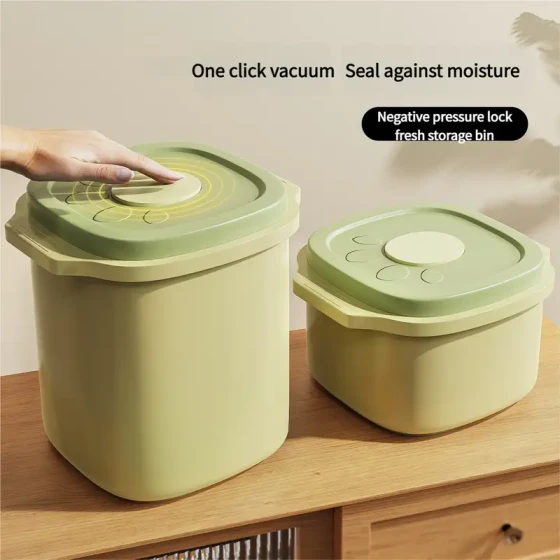How to Reduce Accidents in Pet Shipping?

Frequent Safety Accidents in Pet Shipping Cause Us Concern
Pet transportation has become an important task for airport airlines nowadays. However, many accidents keep occurring during pet shipping, such as pets dying or getting injured, or some owners finding that their pets have developed illnesses after shipping. This is undoubtedly caused by improper shipping.
This year in March, Mr. Hu and a friend flew from Guiyang back to Changsha, shipping two pet dogs. When the plane arrived in Changsha, one of the butterfly dogs ran out from the cargo hold onto the airplane apron. To ensure flight safety, his butterfly dog was ultimately shot dead. Mr. Hu said that when the plane landed in Changsha, he saw the pet dog run from the cargo hold to the apron upon disembarking. Half an hour later, he was informed that his pet dog had been shot.
Upon learning that his dog was shot, Mr. Hu was very sad. He said that when he took the flight, he followed the proper procedure to handle the dog’s shipping. Then, Mr. Hu took out one of the shipping receipts, which showed a total charge of 130 yuan on the overweight baggage ticket. After shipping, the dog should have been in the crate; how could it run onto the apron? Regarding this, the airline’s related person in charge said that the crate could have been opened, or the dog might have escaped due to bumps or collisions.
Many similar incidents have occurred. In July 2005, at Chengdu Shuangliu Airport, a pet dog being shipped ran out from inside the crate and onto the airport taxiway. Airport staff chased it without success and finally shot it dead. On April 18, 2008, a sled dog escaped from the Nanjing Airport Cargo Area and was shot dead by staff. In July 2010, at Urumqi Airport, a pet dog broke into the apron and was shot dead.
Owners often choose to ship pets because of inconvenience during holidays. If an accident happens during shipping, the owners will be very sad. So how can the probability of accidents in pet shipping be reduced?
1. Pet Crates Should Be Strong and Secure
The airlines have regulations for pet crates, generally requiring the use of special airline crates for transporting pets. For example, China Southern Airlines requires that the maximum package volume of the animal crate should not exceed 40cm×60cm×100cm, the minimum volume should not be less than 5cm×15cm×20cm, and the maximum weight should not exceed 32kg, with individual crating required. For other airlines’ requirements, travelers are advised to consult their specific airline when purchasing the crate.
Although many travelers use airline crates for pet shipping, incidents of pets escaping from crates still happen, mostly because the crates were not securely fastened or the doors not properly locked before shipping. To prevent such accidents, travelers can take the following steps:
First, use special airline crates, which must be made of sturdy materials and have a fixed top (preferably steel-reinforced). The door should have a locking mechanism made of strong metal. Once the door is closed, it should effectively prevent the pet from opening it and escaping. Additionally, sackcloth or cotton mats should be tied under the base to prevent pet urine or feces from contaminating other cargo.
Second, the crate’s ventilation openings should be made of metal and securely installed on the crate. An airline staff member explained that plastic slat grills used as ventilation can easily be damaged during transport, allowing pets to chew through and escape, which can cause accidents or damage and contamination to other luggage.
In addition, before shipping, it is best to bind the crate door firmly with a strong rope wrapped around the pillars. It is recommended to tie the door edge pillar and the corresponding pillar that meets the door after closing together with rope. This helps prevent the crate door from accidentally opening during turbulence.
Next, a plastic item can be taped on top of the crate to prevent handlers from placing other objects on the crate and injuring the pet.
Finally, ensure the crate’s bottom is stable and fixed on a flat surface without sliding. If the crate has wheels, the wheels should be secured or removed to prevent sliding during transport.
2. Prepare Sufficient Water and Food
Besides ensuring good ventilation in the crate, preparing sufficient water and food for the pet can also reduce its unease and lower the chance of accidents.
Of course, if feeding the pet before flying, it must be in moderation to reduce stomach burden during high-altitude travel. Also, placing some of the pet’s favorite treats inside the crate can distract them and ease discomfort caused by the unfamiliar environment, preventing them from nervously escaping the crate.
For short trips, pets just need to drink enough water before transport. But for long trips, especially in hot weather, pets are at risk of dehydration. Therefore, sufficient water must be prepared for long-distance transportation. Nearly all airline crates come with a water dispenser. Travelers can pre-freeze water bottles into ice cubes in the refrigerator and install them in the crate at boarding time. This prevents water spillage, ensures pets have water to drink, and reduces harm from dehydration.
In addition, industry insiders say that although pets often play and tussle with their owners daily, they can have moods and get upset. So, before flying, owners must soothe their pets and avoid scolding or hitting them, preventing excessive anxiety during the flight. If emotions become uncontrollable, pets may bite the crate and run out after landing, posing safety hazards to planes during takeoff and landing, and risking their own lives.
3. Ensure Pets Are in Good Health
Underlying illnesses in pets are one of the main causes of injury or death during transport. Therefore, before shipping pets, owners must ensure their health, with no infectious diseases, diarrhea, or acute illnesses that could be triggered during long flights. It is best for owners to take pets for a thorough veterinary check-up before shipping to confirm their fitness for air travel. A thorough grooming is also recommended, both for the pet’s hygiene and appearance, and to ensure the safety of other goods shipped with the pet.
If your pet is pregnant, has just given birth less than 48 hours ago, or is nursing, most airlines will not accept the pet for shipping. Elderly pets are also best not shipped to avoid accidents.
Some pets, like humans, suffer from motion sickness. If your pet has this problem, you should consult a veterinarian before the flight, and only after confirming your pet is fit to fly should you apply for pet shipping, with motion sickness medication given before boarding.
Although the staff hang tags on the crate during check-in, to prevent pets from being lost during transport, owners should attach a small piece of paper on the crate with their name, contact info, flight number, and destination. This provides an extra layer of protection so that if accidents occur, the pet can be returned to the owner quickly. Of course, taking direct flights without transfers greatly reduces the chance of pets being sent to the wrong place and lowers accident risk.


-560x560.webp)
